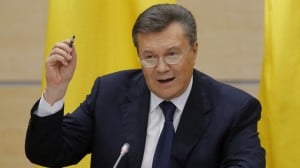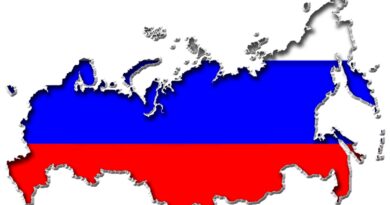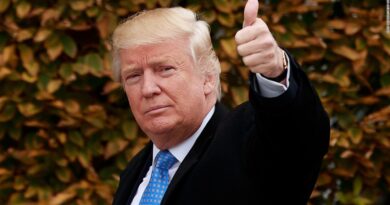The Far Right, the Euromaidan, and the Maidan Massacre in Ukraine
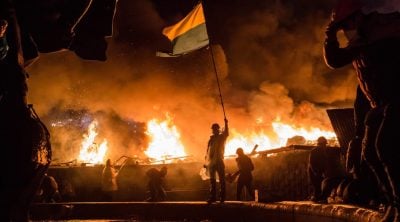
Abstract
This study examines the role of the far right in the Euromaidan in Ukraine, primarily in the Maidan massacre and other key cases of violence. The involvement of far-right organizations in these crucial events in the Ukrainian and world politics has been politicized and polarized in Ukraine, the West, and Russia.
This study analyzes various data sources, such as online live streams and TV broadcasts, videos, broadcasts of the Maidan massacre trials, the database of court decisions in Ukraine, media reports, and field research on the Maidan. The findings reveal that radical nationalist and neo-Nazi organizations had significant but minority representation among the Maidan leadership and protesters. However, the analysis shows that the far-right organizations and football ultras played a key role in political violence such as attempting to seize the presidential administration and the parliament. It reveals involvement of the Right Sector in violent clashes with the Berkut special police force during the highly publicized dispersal of Maidan protesters on November 30, 2013. The Right Sector and Svoboda had crucial roles in the violent overthrow of the Yanukovych government, in particular, in the Maidan massacre of the protesters and the police.
Research Question and Divergent Narratives Concerning the Contemporary Far Right in Ukraine
The main purpose of this article is to examine the role of the far right in Ukraine during the Euromaidan and the Maidan massacre. These events are the most significant and the most controversial ones in politics in Ukraine since its independence in 1991. They also affected the politics of other countries, such as Russia and the United States, as well as international politics. They ultimately led or contributed to various extent to the Russian annexation of Crimea, the civil war in Donbas, Russian military intervention, the conflict between Russia and the West, and the Ukrainian-conflict related impeachment hearings against the US President Trump (Black & Johns, 2016; Katchanovski, 2015a, 2016a; Kudelia, 2016; Pikulicka-Wilczewska & Sakwa, 2015; Sakwa, 2015).
The research question of this study is as follows: What was the involvement of the far right in the Euromaidan and the Maidan massacre?
This issue has a direct bearing on understanding the origins of the conflict in Ukraine and conflict between Russia and the West from an academic perspective. In contrasts to their historical antecedents, the Organization of Ukrainian Nationalists and the Ukrainian Insurgent Army, the far-right in contemporary Ukraine has not been well researched and the number of the academic studies examining the far right, especially their involvements in the Euromaidan and the Maidan massacre is very limited. This issue is also important because of sharply divergent narratives propagated by the governments and the media in Ukraine and the West on the one hand, and Russia on the other hand. The governments and the mainstream media in Western countries, the Maidan opposition, and then the Maidan government in Ukraine generally either presented the role of the far right in the Euromaidan as marginal or ignored the issue. Euromaidan has been typically presented as a democratic and peaceful mass-protest movement which was led by pro-Western parties and overthrew the authoritarian and pro-Russian government in a revolution, which was often called as the “Revolution of Dignity.”
The governments and the mainstream media in Ukraine and the West, with a few exceptions, attributed major cases of violence during the Euromaidan to the Viktor Yanukovych government, the government forces, government-hired “titushki,”or agents provocateurs working for Yanukovych or the Russian government.
Specifically, they almost universally attributed the violent dispersal of Euromaidan protesters on November 30, 2013 to a Yanukovych order and presented it as one-sided violence by the Berkut special police force against peaceful student protesters.
Similarly, the killings of Maidan protesters in January and February 2014 were almost universally attributed to the orders of Yanukovych, his internal affairs and security ministers, government snipers, and/or Berkut special police force. Other major cases of violence, such as attacks on the presidential administration on December 1, 2013, the parliament on January 2014, the parliament and the headquarters of the Party of Regions on February 18, 2014 were blamed on agents provocateurs or far right organizations acting as agents provocateurs for the Yanukovych government or the Russian government.
For instance, Open Society Institute (OSI) documents, that were hacked and made public, apparently by the Russian intelligence, revealed that the U.S. ambassador to Ukraine at least partially agreed with a statement by George Soros that the Right Sector was a Russian FSB plot aimed at destabilizing Ukraine.[1] In a letter signed by many researchers, journalists and other commentators were asked to refrain from commenting on the far right in Ukraine during the Euromaidan. This petition was accompanied by a statement claiming that Dmytro Korchynsky, the leader of a far right Bratstvo organization in Ukraine, was in fact a Russia-linked provocateur in “supposedly far right attack”of the presidential administration on December 1, 2013.[2] However, there is no reliable evidence to support such claims. Besides, these radical nationalist and neo-Nazi organizations formed their own military formations and fought on the Maidan government side during the war in Donbas.
In contrast, Russian and separatist politicians and the media, former President Yanukovych and members of his government after the Euromaidan often labeled the Euromaidan as a “fascist coup”and the Maidan government as a “fascist junta”organized by the U.S. government. Sergey Lavrov, the Minister of Foreign Affairs of Russian Federation, stated that the Russian government had evidence that the Right Sector coordinated “sniper” shootings” during the Maidan massacre and it was claimed that the U.S. government maintained contacts with the Right Sector during the Euromaidan and that the U.S. representatives visited the Right Sector location from which this organization coordinated the shootings. However, no evidence to verify these claims has been made public by the Russian government.[3]
A certain exception was an intercepted and leaked telephone conversation, apparently by the Russian intelligence, between the European Union (EU) foreign affairs chief and the Minister of Foreign Affairs of Estonia discussing evidence provided by Maidan medics that the Maidan massacre was staged by some elements of the Maidan opposition.[4] However, these elements were not identified during this conversation, and therefore it was not clear whether the far right was mentioned in the intercepted conversation.
The Russian media often exaggerated or misrepresented the role of the far right in these events. For instance, Russia Today (RT) and Komsomolskaya Pravda, incorrectly described advancing Maidan protesters on February 20, 2014 as the Right Sector, while NTV wrongly claimed that the special Berkut special police force members were in fact disguised Right Sector provocateurs because they allegedly wore yellow armbands.[5] However, different parties of conflicts were often engaged in propaganda and disinformation, and this concerns Ukraine, including the Euromaidan and the Maidan massacre (Black & Johns, 2016; Boyd-Barrett, 2016; Pikulicka-Wilczewska & Sakwa, 2015)
Some studies on the Ukrainian far right during the Euromaidan focused on numerical strength and electoral support for the far-right parties and ignored other aspects of the influence of the radical nationalist and neo-Nazi parties, specifically their roles in the political violence, such as the Maidan massacre (see, e.g., Risch, 2015). Some previous studies attributed the Maidan massacre to various government units, such as the Berkut special police force, Security Service of Ukraine (SBU) Alfa snipers, and the Omega unit of the Interior Troops or considered that they were likely involved, while ignoring or dismissing as unlikely the involvement of the far right in this massacre (Marples & Mills, 2015; Onuch & Sasse, 2016; Wilson, 2014). Such conclusions, however, were based on uncritical acceptance of Maidan politicians’ statements and media reports without systematic analysis of evidence.
Some scholars cited presence of a few Jews in the Right Sector as an evidence of its relative tolerance; however, they were not representative of its membership and leadership (Onuch & Sasse, 2016, p. 578). A number of studies argued that red and black flag and “Glory to Ukraine. Glory to the heroes!”slogan, which were adopted by Maidan leaders and protesters, originated, respectively, in Cossack times and in the Ukrainian Peoples Republic before they were used by the Organization of Ukrainian Nationalists (OUN) and the Ukrainian Insurgent Army (UPA) (Onuch & Sasse, 2016, p. 576; Risch, 2015, p. 143). However, the flag and the greeting in the forms adopted by far-right organizations, such as the Right Sector, during the Euromaidan were derived from the flags and the greeting of the Bandera faction of the OUN. This greeting was first adopted and used along with a fascist-style hand salute as the party greeting of the Bandera faction of the OUN.
It was modeled on similar greetings accompanied by hand salutes of other fascist and semi-fascist parties, including the Nazi Party in Germany. There is no reliable and corroborated evidence of the use of the greeting in a form of the greeting before it was adopted by the OUN in slightly different form and then in its current form by the Bandera faction of the OUN (Katchanovski, 2014; Rudling, 2011).
Some other studies on the far right reached different conclusions.
A quantitative research on the mass protest actions revealed that Svoboda party was the most active organization in pro-Maidan protests, while the Right Sector was the most active organization in violent events in Ukraine during the Euromaidan (Ishchenko, 2016). Other studies concluded that the far right played a key role in the attacks of the parliament in January and on February 18, 2014 and in seizures of regional administrations in Western and Central Ukraine during the Euromaidan (Katchanovski, 2015b, Kudelia, 2016).
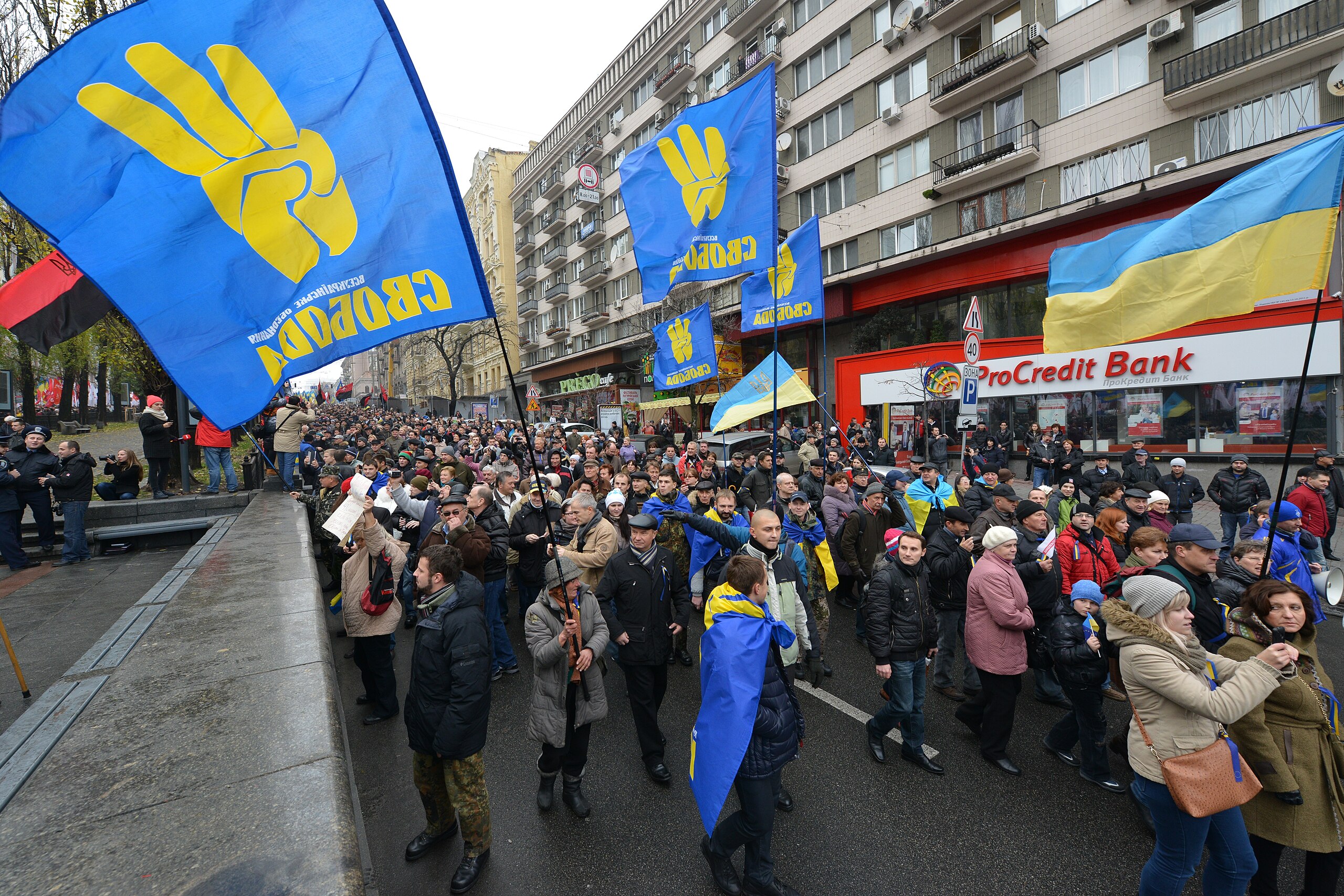
Svoboda activists with party flags on their way to a pro-EU rally on European Square, Kyiv, November 2013 (Licensed under CC BY 2.0)
A comprehensive study concluded that the Maidan massacre of the protesters and the police was a successful false flag operation conducted covertly by the elements of the Maidan opposition in order to overthrow the Yanukovych government and seize power in an asymmetric armed conflict (Katchanovski, 2015b, 2016b). These findings were replicated by Hahn (2018). However, these studies did not take into account newly available evidence, which was made public during the ongoing Maidan massacre trial.
The Maidan massacre trial and the investigation by the Prosecutor General Office of Ukraine revealed various evidence that protesters were massacred by snipers in Maidan-controlled buildings on February 20. The absolute majority of wounded Maidan protesters, with whose shooting Berkut policemen were charged, testified at this trial and the investigation that they were shot from Maidan-controlled buildings, in particular, the Hotel Ukraine or that they witnessed snipers there and were told about them by other protesters during the massacre (Katchanovski, 2015b, 2018).
The official forensic investigations which were made public at the Maidan massacre trial revealed that on February 20 the absolute majority of the protesters were shot from side and back directions and from top to bottom directions, while videos and photos of the massacre showed them facing the Berkut special police force on the same ground level. In January 2015, a forensic ballistic examination conducted upon the request of prosecution concluded that bullets extracted from killed protesters did not match the bullet samples from any Kalashnikov assault rifle which members of the Berkut special police force were then armed. The findings of this computer-based ballistic examination and results of the other 40 ballistic examinations were reversed in a couple of ballistic examinations conducted manually in the very end of the investigation. Such unexplained reversals which contradicted other evidence, such as testimonies of wounded protesters and results of forensic medical examinations, suggested that the findings of the new examinations of bullets were unreliable and likely falsified. The forensic ballistic examinations also found that many protesters were killed on February 18–20 by hunting pellets and expanding hunting bullets, in particular, with caliber that did not match calibers of weapons used by the special police company, whose members were charged with killings these protesters (See Katchanovski, 2018).
Government ballistic experts in at least seven on-site investigative experiments determined that Maidan protesters were killed and wounded from Maidan-controlled buildings. But the investigation did not employ ballistic experts to determine bullet trajectories in the absolute majority of the cases and did not do this even after the Maidan massacre trial ordered such examinations, specifically determining whether these trajectories were from the Maidan-controlled buildings. No evidence of orders by then President Yanukovych, his internal affairs and security service ministers, or police and security service commanders to massacre unarmed protesters has been revealed by the trials and the investigations or made public by the prosecution or the media. But despite the evidence, the government investigation denied the existence of snipers in the Maidan-controlled buildings (Katchanovski, 2018).
A U.S. architecture company argued in the 3-D model created for Maidan victims’ lawyers that three Maidan protesters were killed from Berkut sectors. However, the wound locations of the killed Maidan protesters in the 3-D model did not match the wound locations in the autopsy reports, which were used in this simulation to determine the locations of the shooters and published on the its website.[6] A study by Katchanovski (2018) showed that their wounds locations in this 3-D model were moved sideways and made from top to bottom to nearly horizontal in order to fit Berkut positions, while actual locations of entry and exit wounds pointed toward Maidan-controlled buildings.

Snipers on a roof during clashes in Kyiv, 18 February 2014 (Licensed under CC BY-SA 3.0)
Bandeira (2019, pp. 206–207), Cohen (2018), Hahn (2018), Katchanovski (2016b, 2018), and Lane (2016) noted the far-right involvement in the false flag Maidan massacre of the protesters and the police. However, they did not focus on this specific issue comprehensively. Kudelia (2018) also found that the violence was initiated by the far-right Maidan protesters, who killed and wounded many policemen, but argued based on government investigation that the Berkut special police force then massacred unarmed protesters in response to such provocation.
This study focuses on the involvement far right organizations in the violence during the Euromaidan in Kyiv, primarily in the massacre of the Maidan protesters and the police on February 18–20, 2014 and in the dispersal of protesters by the Berkut police on November 20, 2013. These events are selected because they were turning points, respectively, in the violent overthrow of the Yanukovych government and the start of the mass anti-government protests.
They are also important because the Euromaidan is presented by the Western and Maidan governments, the media in the West and Ukraine, and many researchers, primarily, non-academic ones, as a nonviolent mass protest and a popular democratic revolution against the undemocratic government, which massacred the Maidan protesters on February 18–20, 2014 and violently dispersed the peaceful protest of students on November 30, 2013. The involvement of the far right in these crucial cases of violence is often ignored, denied, or attributed without evidence to Yanukovych government or Russian government agent provocateurs.
This article does not examine other issues of the far-right involvement in the Euromaidan and in the violence in other regions of Ukraine during the Euromaidan, with the exception of the massacre in Khmelnytskyi. These issues are analyzed by other scholars (see Ishchenko, 2018a).
Click here to read the full report.
*
Note to readers: Please click the share button above. Follow us on Instagram and Twitter and subscribe to our Telegram Channel. Feel free to repost and share widely Global Research articles.
Featured image is from OffGuardian
